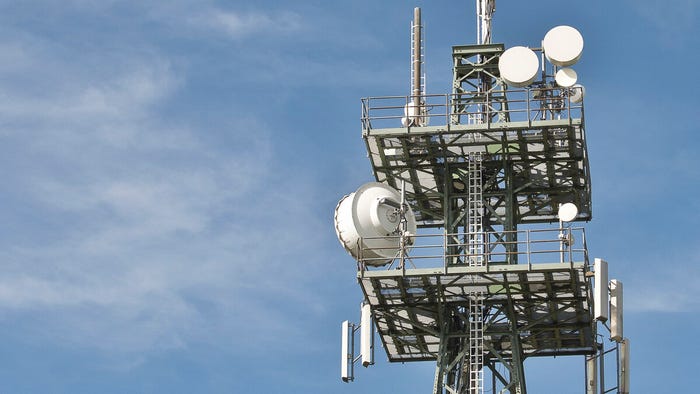In the summer of 2020, Verizon said it would begin moving traffic onto its standalone 5G core 'in the second half of 2020 with full commercialization in 2021.' That didn't happen.

Verizon on Thursday said it is now moving customer traffic onto its standalone (SA) 5G core, a key step along the path toward offering services like network slicing. However, the launch comes roughly two years after the mobile operator's initial 5G SA launch timeline.
In the summer of 2020, Verizon said it would begin moving traffic onto its SA 5G core "in the second half of 2020 with full commercialization in 2021."
That clearly didn't happen. Verizon officials did not respond to questions from Light Reading about the reasons for the delay.
Verizon isn't the only big wireless network operator that has apparently struggled to move on from the non-standalone (NSA) version of 5G that has supported most early offerings. For example, AT&T executives have declined to provide a firm launch date for the technology after missing a planned 2020 launch.
T-Mobile, meanwhile, launched the SA version of 5G last year, and has touted the technology in its pursuit of the business market.
Figure 1:  (Source: Pixabay)
(Source: Pixabay)
Internationally, the situation is no better. Operators ranging from BT to Vodafone are moving slowly with SA 5G.
"The reason it is taking quite a while to roll out the 5G core is that's a sea change in the underlying infrastructure," explained Howard Watson, BT's chief technology officer, at a recent press conference.
As explained by Gabriel Brown, a Heavy Reading analyst, there are many reasons for the delay, such as the need to move to cloud-native network architecture and requirements for extensive 5G coverage and SA-capable devices.
"5G without a dependency on 4G is proving harder and taking longer than many in the industry, including me, had anticipated," he noted.
As for Verizon, the operator said earlier this year that it was seeding the market with phones capable of supporting the standalone version of 5G. CTO Kyle Malady suggested that Verizon would begin shunting some of its fixed wireless access (FWA) traffic onto its standalone 5G core in June. But he said Verizon wouldn't start putting smartphone traffic onto that core until 2023.
Regardless, in its announcement Thursday, Verizon said its 5G core would work atop the Verizon Cloud Platform (VCP) and would support technologies like edge computing, SA and NSA, and voice over 5G new radio (VoNR).
Verizon also said its new core would "enable the dynamic allocation of the appropriate resources, referred to as network slicing. It will also allow for automated network configuration changes, including the ability to scale up or scale down network function capacity – to provide the right service levels and network resources needed for each use case."
Related posts:
— Mike Dano, Editorial Director, 5G & Mobile Strategies, Light Reading | @mikeddano
About the Author(s)
You May Also Like











